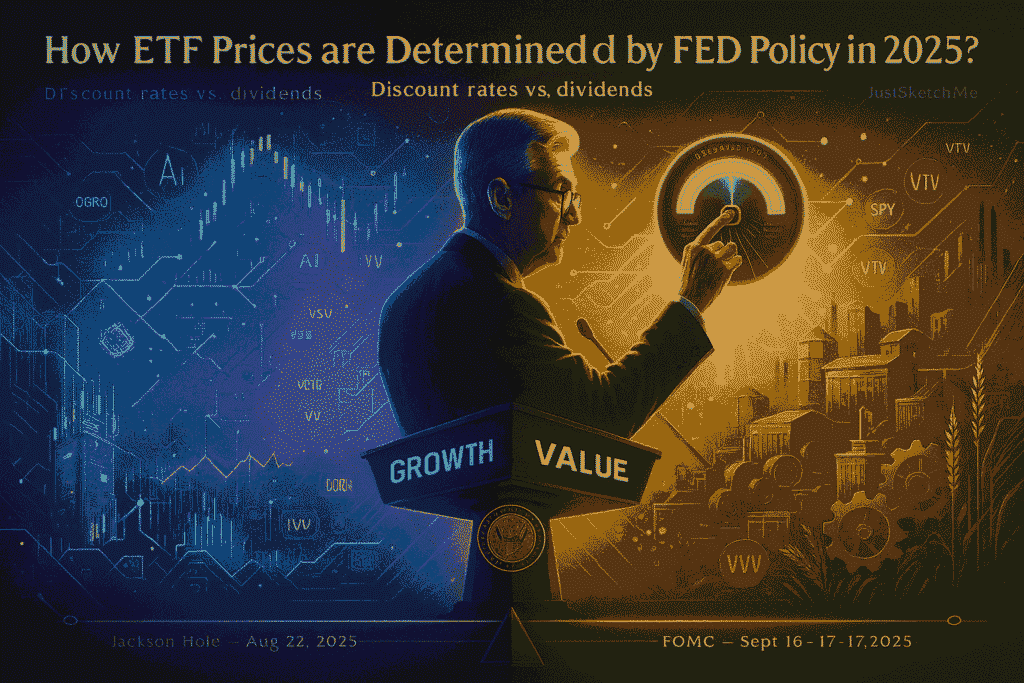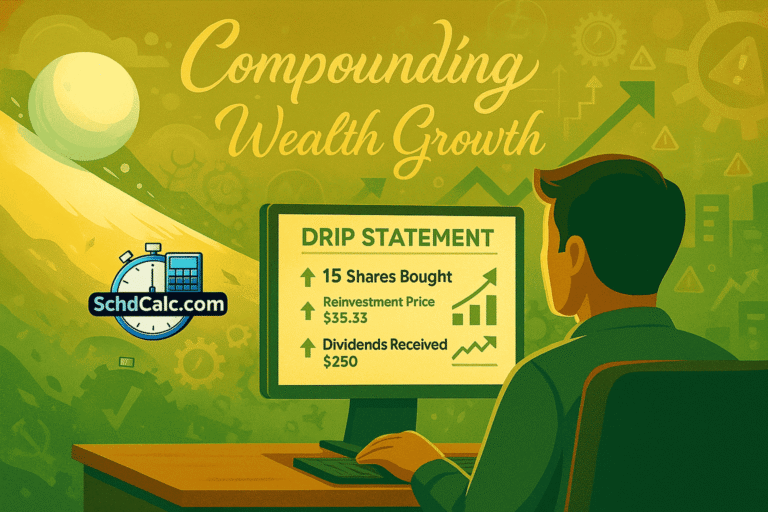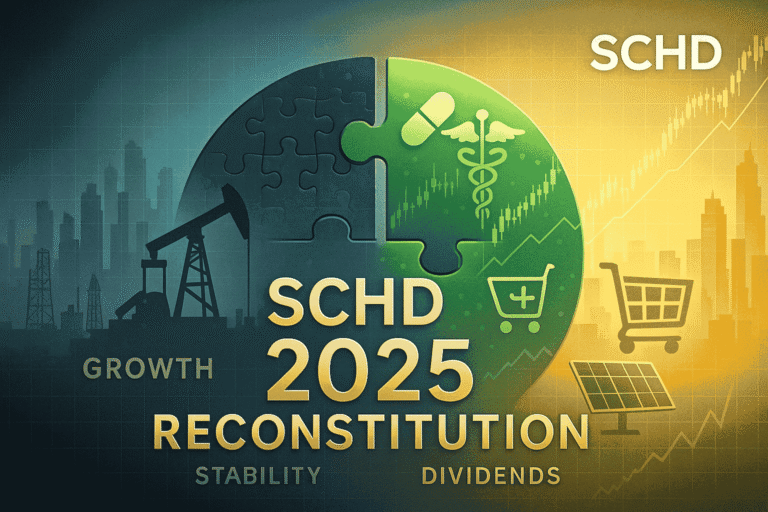In 2025 investors are facing a big problem in dealing with market uncertainty caused by the Federal Reserve’s monetary policy. They are fearing about inflation, rising interest rates and stock prices that go up and down and so every investor is asking the same thing “should they buy growth stocks or value stocks?”
In the last few years, both stocks and bonds are facing trouble with returns that were not always predictable. However, things have changed a lot since August 2025 when Fed Chair Powell hinted that rates could be cut as soon as September 2025. So investors should put their money into growth stocks which promise higher returns in the future or value stocks which are cheaper and pay good dividends? And this is still the main question for 2025. The challenge lies in understanding how the Federal Reserve’s actions affect these two types of assets.
This article will explain how the Federal Reserve’s policies influence the growth stocks and value stocks in exchange-traded funds (ETFs). We will also talk about how interest rates affect the valuation of growth and value stocks, comparison with different best ETFs and identify the best ETF strategies for the current environment.
Why Every ETF Investor Must Pay Attention
What is the Fed Funds Rate?
The Federal Funds Rate is the interest rate at which U.S. banks lend money to each other for short term (overnight) loans. And the Banks borrow it overnight mainly to make sure they meet required cash reserves. So it is a key tool that the Federal Reserve uses to control its inflation and influence employment. And if the Fed Funds Rate increases that means that banks have to pay more money to borrow money from each other. Therefore this extra cost gets passed on to you and me. Banks start charging higher interest rates on things like loans, credit cards and mortgages. And the lower Fed rate is the vise versa of the higher Fed Funds Rate.
How the Fed’s Actions Create Ripples on Business?
When the Federal Reserve changes the Fed Funds Rate, it has effects on the whole economy. When the Fed increases its rate then the cost of borrowing increases and it directly impact on everything from mortgages to business loans. And this changes of interest rates have a direct effect on stock prices. Due to it creates ripple effect on all types of businesses and businesses may grow less quickly as borrowing becomes more expensive. It could lower the value of stocks especially growth stocks that depend on future earnings projections.
How Interest Rates Affect Growth vs. Value Stocks
Growth stocks derive most of their value from earnings far in the future, so the discount rate drives their present value in standard discounted cash flow math. When policy keeps rates high, the discount rate rises, and the present value of distant cash flows falls; when policy signals cuts, discount rates fall, and long-duration equities often lead. That is why growth leadership often accelerates when the market anticipates easier policy and disinflation trending toward target. Fed Chair Powell has said that “the evolving outlook and the changing balance of risks may warrant an adjustment to our policy stance” as of August 22, 2025. This means that rates may need to be lowered which could help growth stocks.
Think of it like being promised $1,000 in ten years: if rates are high, a smaller deposit today can reach $1,000, so the $1,000 promise is worth less in today’s dollars; if rates fall then that future $1,000 becomes more valuable now. This sensitivity helps explain why growth-heavy ETFs can move sharply around FOMC meetings and CPI surprises.
Why Value ETFs Can Thrive in a High-Rate Environment
Value stocks concentrate in mature industries with current cash flows, pricing power and dividends. So their valuations rely more on near-term earnings than distant growth. Higher rates often weigh less on these cash flows and dividend yield can cushion returns when multiple expansion slows. In a “higher for longer” path, investors must follow value stocks, its financials and dividend strategies that compound through DRIPs (dividend reinvestment plans) to improve your total return over time.
According to the July FOMC meeting, the Fed still views inflation as “somewhat elevated” which keeps a ceiling on aggressive easing expectations and preserves a supportive backdrop for value and dividend factors if policy stays restrictive. But this view changed a lot on August 22, 2025 when Fed Chair Powell spoke at Jackson Hole and said that “downside risks to employment have increased and could materialize quickly.” In July, two Fed governors already disagreed and called for rate cuts right away. So value stocks may still do well because of current high interest rates but if the Fed starts to ease rates in September 2025 then this advantage may go away.
Finding the Best ETFs for the Current Environment
| ETF Name | Investment Focus | Top Sectors |
| VTV (Vanguard Value ETF) | Large-cap U.S. value stocks | Financials (22.9%), Industrials (16.2%), Healthcare (13.9%) |
| VOOV (Vanguard S&P 500 Value ETF) | Large-cap value stocks from S&P 500 | Information Technology (24.8%), Financials, Healthcare |
| QGRO (iShares MSCI USA Quality Factor ETF) | U.S. large- and mid-cap stocks with high quality factor (sector neutral) | Technology (32.6%), Financial Services (15%), Healthcare (10.8%) |
| DGRW (WisdomTree U.S. Quality Dividend Growth ETF) | Large-cap U.S. companies with high dividend growth and quality fundamentals | Technology (largest weight), Consumer Staples, Industrials; top holding: Microsoft (8%) |
| SPY (SPDR S&P 500 ETF Trust) | Tracks the full S&P 500 Index (large-cap U.S.) | Information Technology (31.6%), Financials (14.3%), Consumer Discretionary (10.6%) |
| IVV (iShares Core S&P 500 ETF) | Tracks the full S&P 500 Index (large-cap U.S.) | Info Tech (33%), Financials (14%), Consumer Discretionary (10.4%) |
Conclusion
The Fed’s update to its policy framework in August 2025 and Powell’s speech in Jackson Hole make things complicated. Rate cuts may happen sooner than expected which could help growth ETFs. On the other hand, the new framework’s focus on price stability supports to the longer-term value strategies. The FOMC meeting on September 16 and 17 will be very important for figuring out what the real direction is. Growth stocks may have problems but value stocks are a safer bet when interest rates are high.
So investors should check their portfolios to make sure they are in line with the current state of the economy. It might be best for you to take a balanced approach to investing in 2025 with both growth and value investments. Therefore you must talk to a financial advisor about how to change your plan to work in this changing economy.



